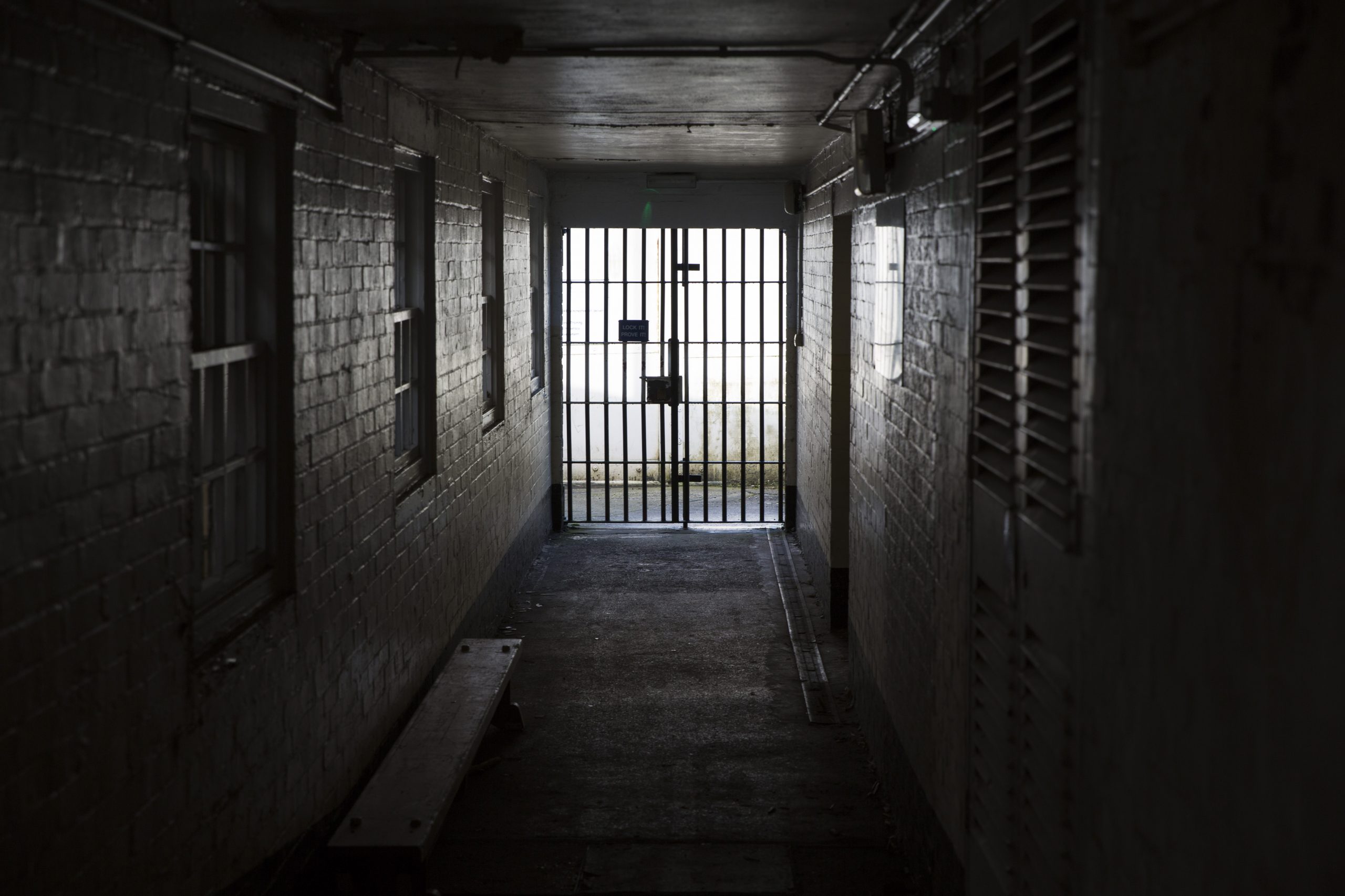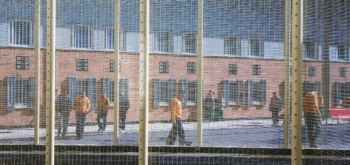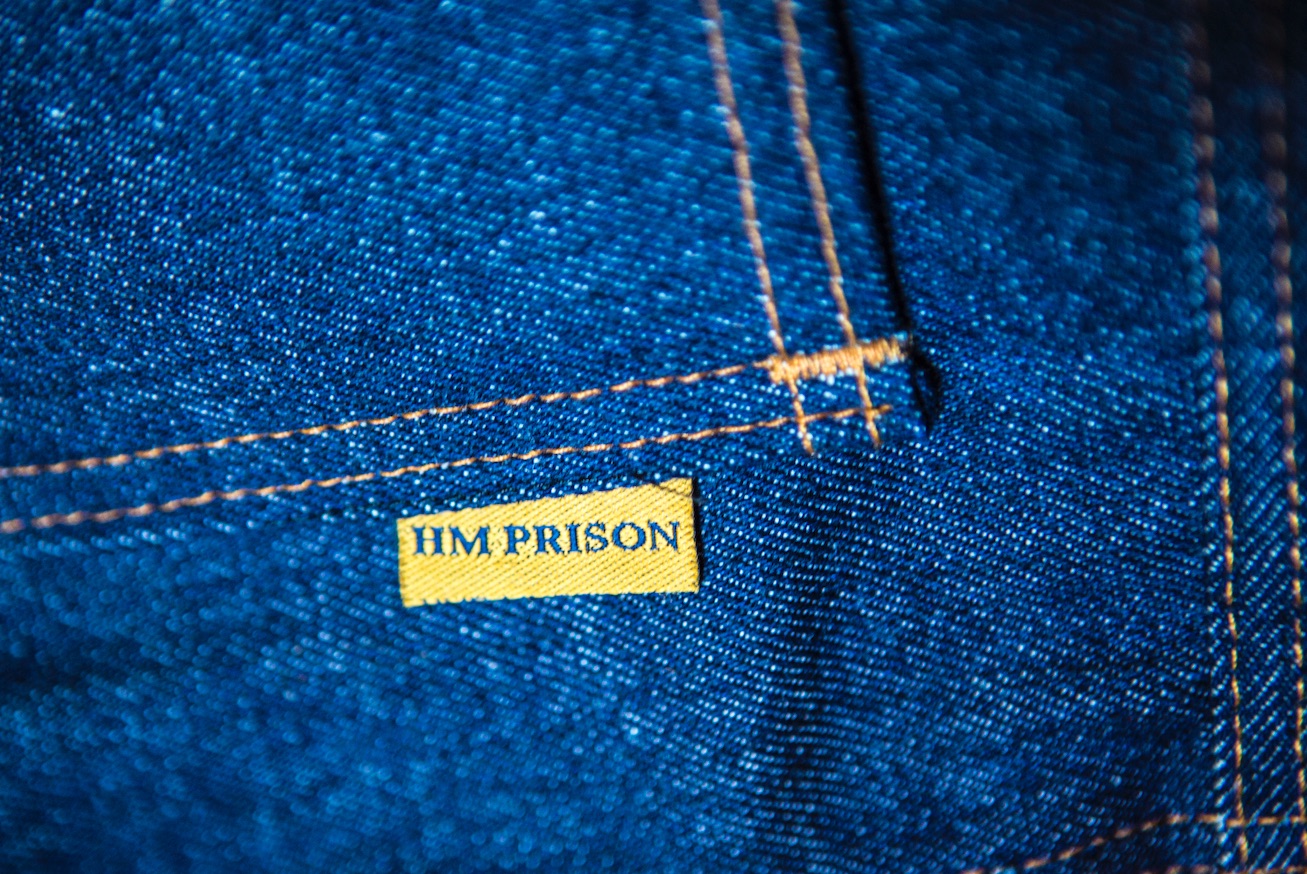The latest Youth Justice Statistics paint a grim picture for children on remand. They now make up 45% of the youth custody population – almost double the proportion 10 years ago, and the highest on record.
Custodial remand is imprisonment in lieu of bail. It includes people awaiting trial, and those who have been convicted but are awaiting sentencing. For children, it is used when X is perceived as a risk to others that cannot be managed in the community. According to government policy, It should only be used as a last resort.
A recent HMIP report showed that almost half of children in prison don’t feel cared for by staff, more than half don’t feel prepared to leave, and a quarter don’t get fresh air every day. Rates of assault (402 per 100 children) and self-harm (289 per 100 children) have increased, whilst education provision averages 15 hours (2 days) a week.
Thankfully, we are seeing a steady decline in the population of sentenced children in custody. However, remand numbers lag behind, eating up an increasingly significant share of the youth custody estate. A substantial number of children wait up to 270 nights (almost a year) for their trial – which needlessly interrupts their education, isolates them from friends and family, and contributes considerably to poor mental health. It is little wonder that young people leave traumatised, fall back into criminal activity, and back into prison. Custody is clearly counterproductive.
Entangled with the stubbornly high rates of remand is the increasing number of children from racialised backgrounds. The proportion of Black and Racialised children remanded to custody has increased from 38% to 58% in the last ten years – they now make up almost half of all children on remand. Black children form the majority of this group, at 31%. Against this, the number of White children on remand continues to decline. Data obtained via Freedom of Information requests showed that in September 2022, despite comprising just 4% of 10-17 year olds, there were as many Black children as White children on remand.
These figures are especially concerning when almost three quarters (73%) of those remanded to custody go on to receive a non-custodial outcome, and a significant number are acquitted entirely.
Why are remand numbers so high? And what is driving the widening ethnic disparity? The Youth Justice Board are quick to blame ‘the impact of the COVID-19 pandemic’, which is conveniently their explanation for most data trends (numbers are up because of backlogs, numbers are down because of backlogs). But much of the problem lies further upstream:
Two, interrelated, factors are significant. First, the marketisation of social care. Second, judicial decision-making that does not treat custody as a ‘last resort’.
Marketisation of care
The remand landscape is complex. As a child charged with an offence, you can be:
A) released on bail. B) if bail is refused, remanded to Local Authority Accommodation (RLAA). C) if neither A nor B are possible, remanded to Youth Detention Accommodation, or what is referred to as custody (prison).
In theory, when a child is not released on bail, they must be RLAA unless specific conditions are met for remand to custody. In practice, this rarely happens.
Local Authority Accommodation operates through a market – the placements market – which is underregulated and quite dysfunctional. A government study found that ‘the largest private providers of placements are making materially higher profits than we would expect if this market were functioning properly’ while also carrying ‘very high levels of debt’. There has been a significant rise in “unregulated” placements, which are not monitored by Ofsted, and often the only option for desperate, under-resourced local councils.
Limited by financial pressures and underregulated by independent bodies, LAAs are often not fit for purpose – which leaves members of the judiciary unwilling to use them, citing a lack of confidence that they are a ‘robust alternative’ to custody. In contrast, youth prisons are regularly inspected by both Ofsted and the Prisons Inspectorate, which makes them, ironically, safer than LAAs in the eyes of the law.
Youth custodial remand thus provides an easy solution to the complex problem of privatised, underfunded social care.
Decision-making
The decision to remand a child into custody is governed by the Legal Aid, Sentencing and Punishment of Offenders (LASPO) tests. While sentencing decisions focus more on evidence and the offence, remand decisions focus on the perception of the defendant’s risk to others. This judgement inevitably involves assumptions about what risk looks like, and what sort of child presents it. Race and class biases, including commonly held stereotypes of Black boys as ‘aggressive’, play a significant role in this analysis of risk, and thus in the decision to remand into custody. Risk is located in children who ‘seem’ like criminals – a (racialised) process known as ‘Adultification’.
Due to well documented disproportionality in policing, school exclusions, and diversion, Black and Racialised children are overrepresented at every stage of the criminal justice process. As a result, they make up a significant number of children facing remand, which both constructs and plays into assumptions about who a youth offender is, where they come from, and what they look like.
Solutions
In response to the lack of suitable LAAs, the Youth Justice Board is launching its own alternative to custody – the London Accommodation and Resettlement Pathfinder. It aims to ‘reduce the number of young people going into custody, by offering a more therapeutic, rehabilitation-focused living environment’.
St Christopher’s Fellowship has been contracted to run the first two units, and Wipers Youth CIC have been contracted to deliver a self-development programme for young people. The accommodation will be staffed around the clock, and provide ‘targeted specialist support with education and training, mental health and wellbeing, and independent living skills’. It will be regulated by Ofsted and you can read more about it here and here.
Recent amendments to the LASPO tests are also encouraging, notably A) raising the threshold for the kinds of criminal history admissible (from ‘recent’ to ‘recent, significant, and relevant’), B) a duty to consider welfare and C) introducing a statutory obligation for courts to record their reasons for imposing custodial remand. The YJB have recently issued revised guidance that encourages practitioners and decision makers to work on a more individualised, child-by-child basis when it comes to remand.
These changes implement a welcome filtration process for the prejudices that lurk behind the criminalisation of Black and Racialised children, who are often seen as more violent, more aggressive, and more ‘at fault’, without (a need for) justification. The LASPO amendments also make decisions more amenable to Judicial Review, providing a vital avenue to challenge unfair judgements. Whether they are effective remains to be seen – especially as Judicial Review is increasingly curtailed by the government – but they go some way in reinforcing a ‘last resort’ approach to youth custody.
In Werrington Young Offenders Institution, a 2022 inspection found that 70% of children had force used on them by staff. A recent report detailed widespread sexual abuse across the youth custody estate. Children on remand report nightmares, acute anxiety, and normalised violence.
We urgently need to fund youth justice solutions outside of custody.
Leela Jadhav is a policy officer at the Howard League for Penal Reform, working on a 3 year funded project to address increasing racial disparities in youth justice. To find out more about this work you can contact her on leela.jadhav@howardleague.org







